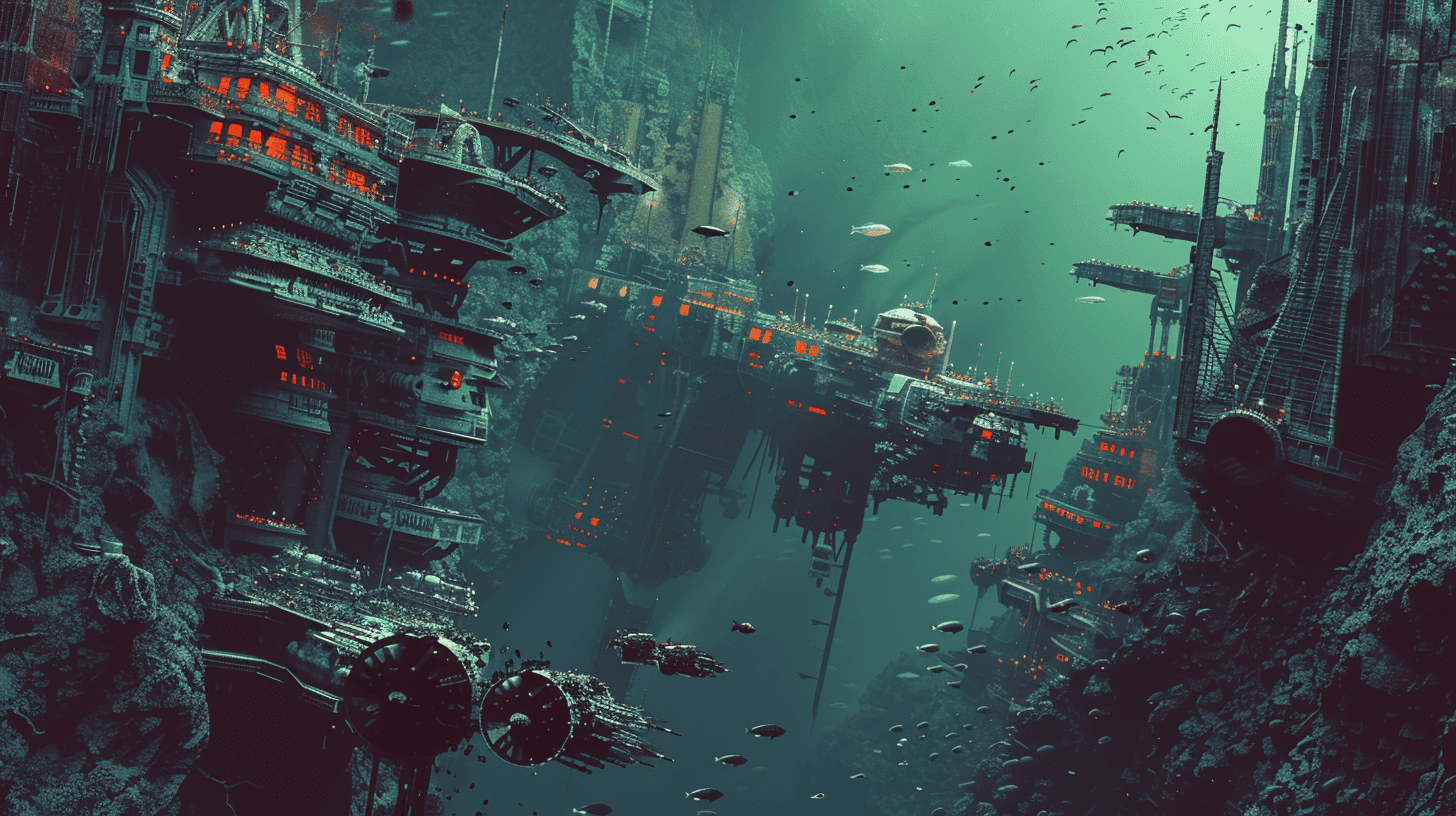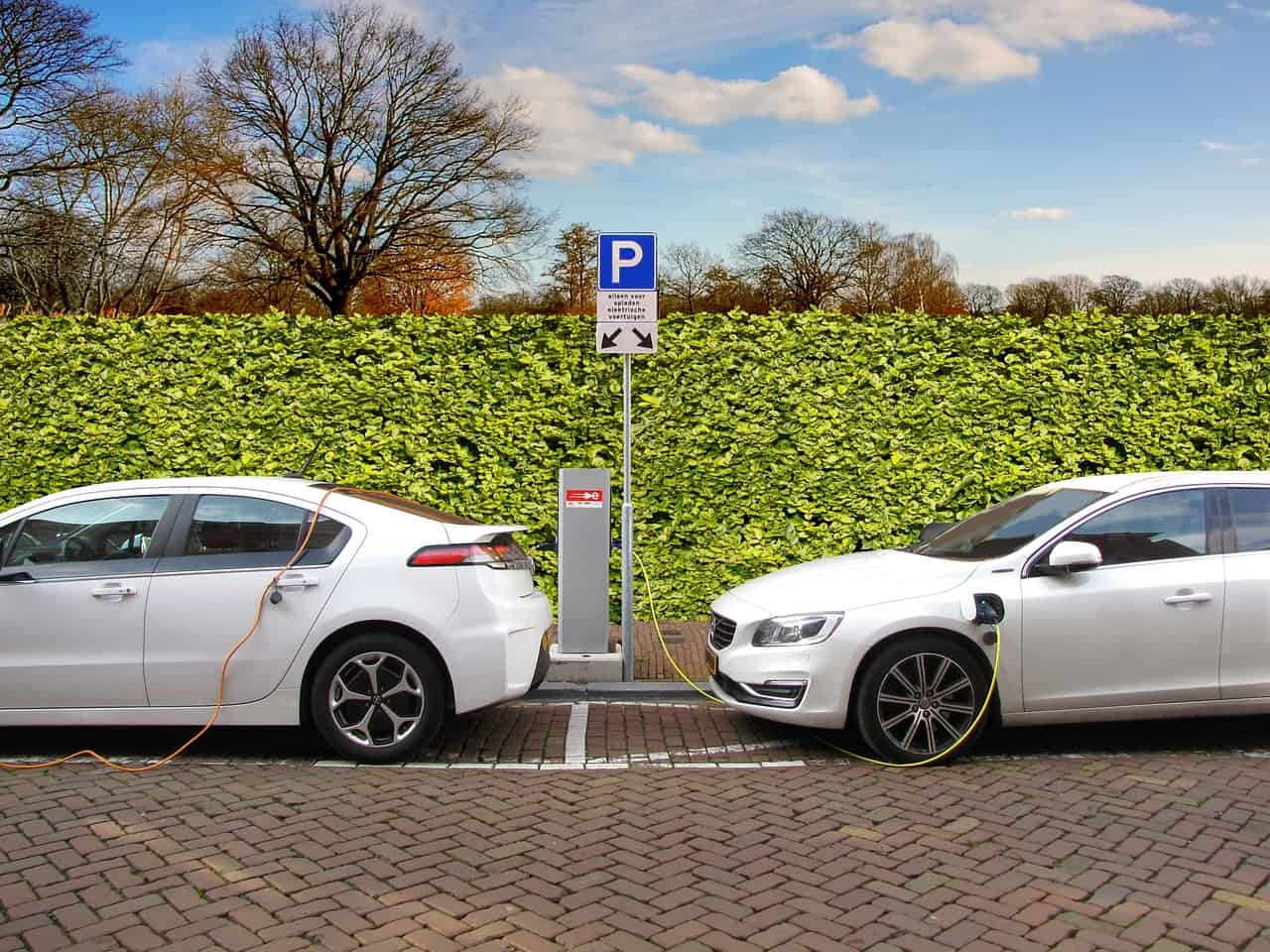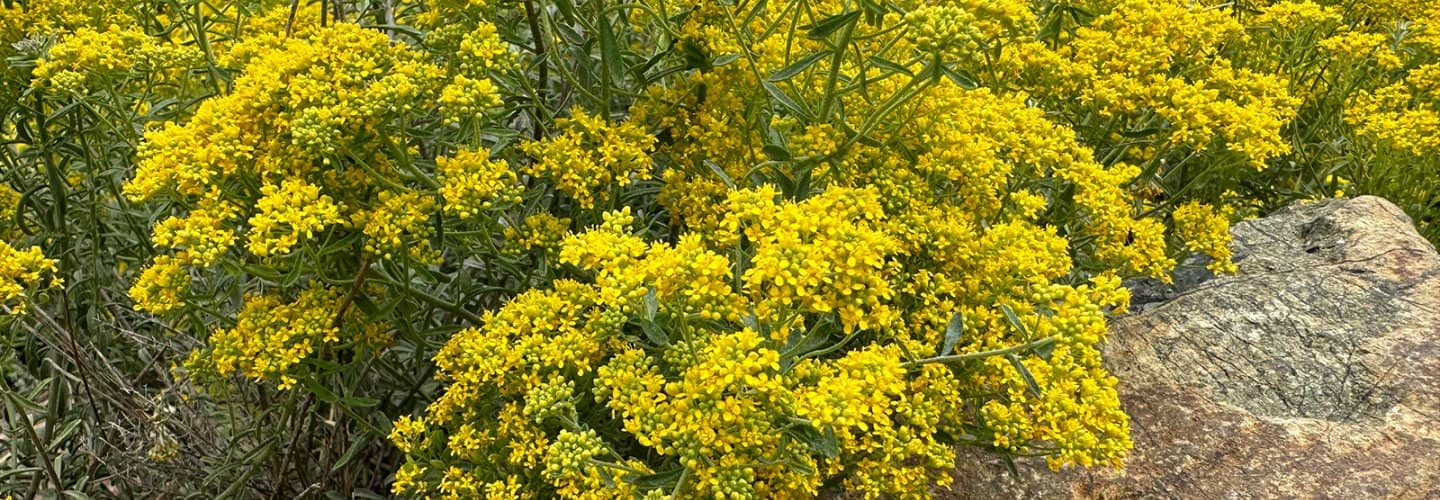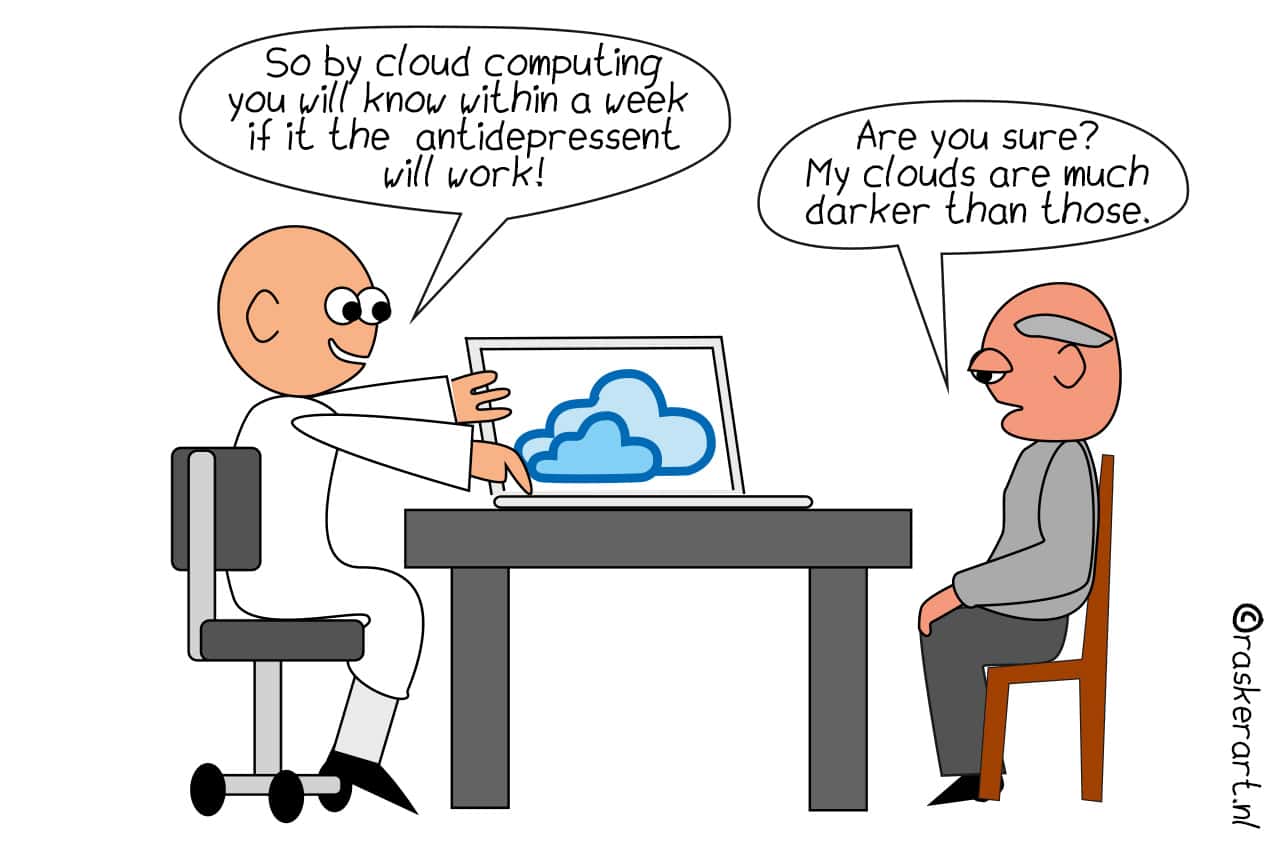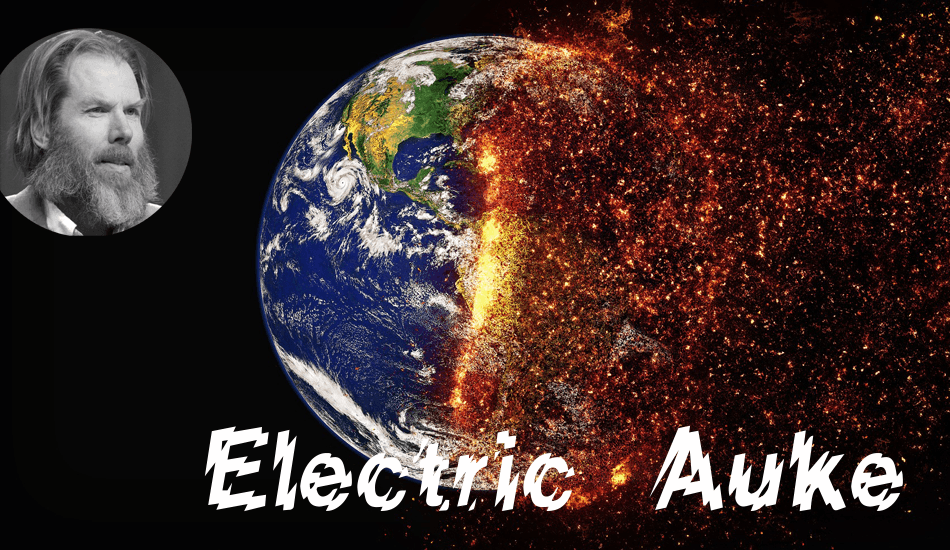
Many a science-fiction writer has already ventured into the realms of mining raw materials in space. A futuristic fantasy? Auke doesn’t think so. “Maybe I’m being called a bit of a nutcase now, but I think it is definitely possible,” he says with a laugh, plopping down in a comfortable chair in his living room. “I’m coming to realise more and more that we can sort out CO2 emissions. In saying that, I don’t want to trivialise the problem. We started far too late and we still have a long way to go. But I am convinced that we can reduce emissions significantly in the next 20 to 30 years.”
Auke shrugs his shoulders, “Once that is solved, what’s the next big problem then? No one is complaining about the CO2 emissions of electric vehicles, but about the way the raw materials to make those things are being extracted. Mining all those metals has a huge impact on the planet. We can’t keep doing that in the same old way forever.”
It has already started
“I was wondering, for the novel that I am working on, how we would solve this in 2300. Then I started playing with the idea of asteroid mining, basically just for fun,” Auke starts out saying. He started learning about it a while ago, when there was a brief hype around the subject. Several companies pitched their idea and wanted to make a start in asteroid mining with 100 billion dollars in funding. “An awful lot of money to you and me, of course, but for such a gigantic project as this, it’ s a pittance. No wonder they went bankrupt in the end.”
But that it is entirely possible is something that JAXA, the Japanese version of NASA, has demonstrated. In 2014, a space mission left for the asteroid Ryugu some 5.3 billion kilometers from earth to take a sample from this asteroid. The capsule returned to Earth on December 6 last year. “It’s a shame that it’s only 100 milligrams, but still, it is a start”, says Auke optimistically.
Costs for sending a kilo into space continue to drop
Auke says he was amazed to find out that it ”only” costs US$1,700 to send a kilo into space nowadays. “I come from the time of the first man on the moon. Back then, it was probably the biggest and most expensive project ever. When adjusted for inflation, it would have cost more than 260 billion US dollars today. Sending a kilo into space cost 200 thousand dollars in those days. With the arrival of the space shuttle, this already dropped significantly because these could be used more regularly. Then suddenly it cost only 20 thousand dollars per kilo. Today, Space X sends the Falcon 9 to a lower orbit around Earth for US$1,700 per kilo.”
But it doesn’t stop there, because Space X is already working on the next model that is called Spaceship. With this spacecraft, it would then cost around 10 to 20 dollars per kilo, according to Elon Musk’s estimates. Auke: “From 20 thousand down to 20 dollars, that puts everything in a whole new perspective. Isn’t that fantastic?!”
Not sending people but self-steering robots instead
However, most asteroids are not found in such low orbits around the earth, which means that spacecraft have to travel much further. The Kuiper Belt, for example, is 50 times the distance from the earth to the sun. “But you actually have to go much deeper into space to reach some really interesting asteroids. How do we solve that? I am a proponent of self-driving cars, why couldn’t we make self-steering mining robots? You wouldn’t have to take food with you. The great thing is that the further you are from earth, the weaker gravity is pulling you. This means that you will need less energy to move forward. You can use solar-powered electric systems for this. It would not matter that a trip like this would take two or three years. We just need to be a bit more patient, it’s not insurmountable.”
It’s a great idea. But how do we know for sure where to get what raw materials? And how do we get everything back to Earth in the first place? “Asteroids are commonplace in the universe. They contain all sorts of metals, just like the earth’s crust.” Auke jumps up and moves a little closer to the screen. “Billions of years ago, the earth was still molten and this big blob was held together by gravity. During the solidification process, everything that was heavy, like some metals, sank to the core. This is so incredibly deep that we will never reach it. Never.”
Ridiculously huge amounts of raw materials in the universe
What Auke finds fascinating is that asteroids were less affected by gravity during this solidification process. As a result, many raw materials have managed to remain relatively close to the surface. “This makes mining easier because the crust is also less hard due to the lower gravitational force. It’s a kind of sand surface where raw materials are not buried as deeply. It may sound crazy, but digging up stuff from the core of the earth is much harder than from the core of an asteroid.”
“Wait,” Auke walks over to his computer and starts typing. “NASA has found an asteroid with such a ridiculously huge amount of raw materials that it is almost too hard to imagine. Suppose we ever start mining and manage to get it all back to earth, the value of all those raw materials combined would be 700 million trillion dollars. That is incredible, right?!”
Auke has the impression that we are on the brink of something big. “Think about what the moon landing was all about. It was amazing, something had just happened that, until then, had been thought impossible. All humankind was on the edge of their seats. It inspired others to dare to think big. I think that asteroid mining could evoke the same emotions. With all the developments that are currently taking place, it is definitely achievable. In any case, irrespective of whether asteroid mining ever becomes a reality, I think that we should dare to think in terms of moonshots. As in, dare to think about what may seem impossible now – that’s what brings people together.”



